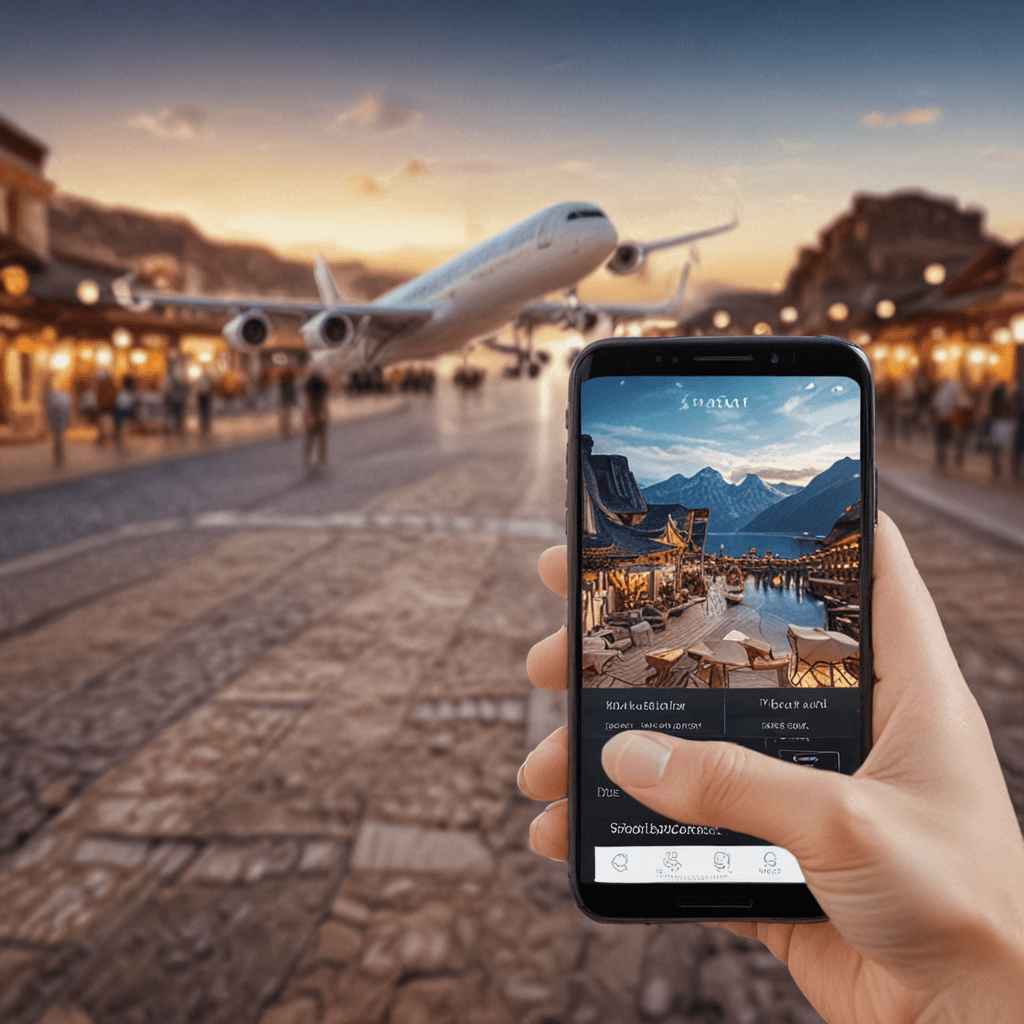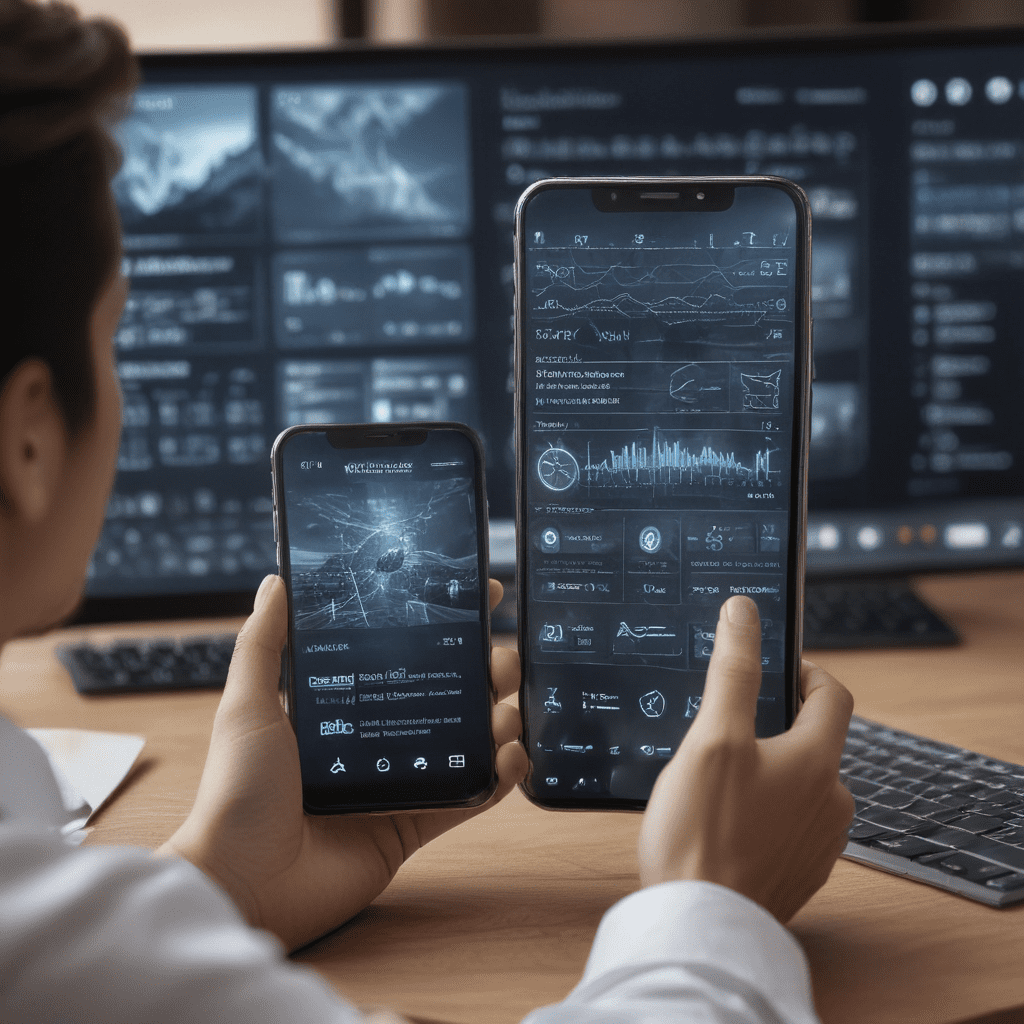
1. Introduction: The Power of Holography in Mobile Technology
Holography, once a futuristic concept, is now poised to revolutionize the mobile app experience. Holographic displays project three-dimensional images that interact with the physical world, creating immersive and engaging user experiences. As technology advances, the integration of holograms into mobile apps promises to transform various industries and aspects of daily life.
2. Understanding Holographic Displays: A New Dimension in Visuals
Holographic displays utilize advanced optical techniques to generate three-dimensional images that appear to float in mid-air. Unlike traditional flat screens, holograms offer a wider field of view and allow users to interact with virtual objects naturally. This breakthrough technology opens up a realm of possibilities for mobile app developers to create captivating and interactive experiences.
3. Enhancing User Experiences with Holographic Apps
Holographic displays empower mobile apps to deliver unparalleled user experiences. By overlaying virtual content onto the real world, apps can provide contextual information, enhance navigation, and enrich gaming and entertainment experiences. Holographic interfaces also offer intuitive and natural interactions, eliminating the need for complex controls and improving accessibility.
4. Creating Interactive and Immersive Content through Holograms
Holograms unlock the potential for creating highly interactive and immersive content that captivates users. Mobile apps can incorporate virtual objects, 3D models, and dynamic animations that respond to user gestures and movements. This level of engagement fosters a deeper connection with the content and enhances the overall user experience.
5. Revolutionizing Navigation and Wayfinding with Holographic Displays
Holographic displays have the power to revolutionize navigation and wayfinding by providing users with real-time, interactive guidance. Mobile apps can overlay holographic maps onto the surrounding environment, offering turn-by-turn directions, landmarks, and points of interest. This technology eliminates the need for traditional maps and makes navigation more efficient and convenient.
6. Integrating Holograms into Gaming and Entertainment Apps
Holographic displays transform gaming and entertainment experiences by enabling interactive and immersive virtual environments. Mobile apps can incorporate holographic characters, environments, and gameplay elements that players can interact with directly. This level of immersion enhances the entertainment value and creates a more captivating experience.
7. Exploring Educational and Training Applications of Holographic Displays
Holograms provide a unique medium for educational and training purposes. Mobile apps can overlay holographic models, simulations, and interactive demonstrations onto the real world. This technology enhances learning experiences by making complex concepts more accessible, intuitive, and engaging.
8. The Role of Holograms in Medical Diagnosis and Visualization
Holographic displays have the potential to revolutionize medical diagnosis and visualization. Mobile apps can overlay holographic medical images onto patients' bodies, enabling surgeons to plan complex procedures more accurately. Holograms also allow doctors to visualize medical data in 3D, enhancing their ability to diagnose and treat diseases.
9. Future Directions and Advancements in Holographic Display Technology
The field of holographic display technology is constantly evolving, with ongoing advancements promising even more transformative applications in the future. Researchers are exploring new holographic materials, display techniques, and interaction methods to enhance the user experience and expand the possibilities of holographic apps.
10. Conclusion: The Transformative Impact of Holographic Displays on Mobile Apps
Holographic displays are poised to transform the mobile app landscape, offering unparalleled user experiences, enhanced navigation, immersive gaming, innovative educational tools, and advanced medical applications. As technology continues to advance, the integration of holograms into mobile apps will create limitless opportunities for innovation and revolutionize the way we interact with the digital world.
FAQ
What is the difference between augmented reality (AR) and holography?
AR overlays digital content onto the real world, while holography creates three-dimensional images that appear to float in mid-air.
Are holographic displays available for consumer use?
Limited consumer-grade holographic display products are currently available, but the technology is still in its early stages of development.
What industries will holographic displays impact the most?
Holographic displays have the potential to revolutionize industries such as healthcare, education, entertainment, navigation, and manufacturing.
Is holographic display technology harmful to the human eye?
Current holographic display technology does not emit harmful levels of radiation or light that can damage the human eye.


